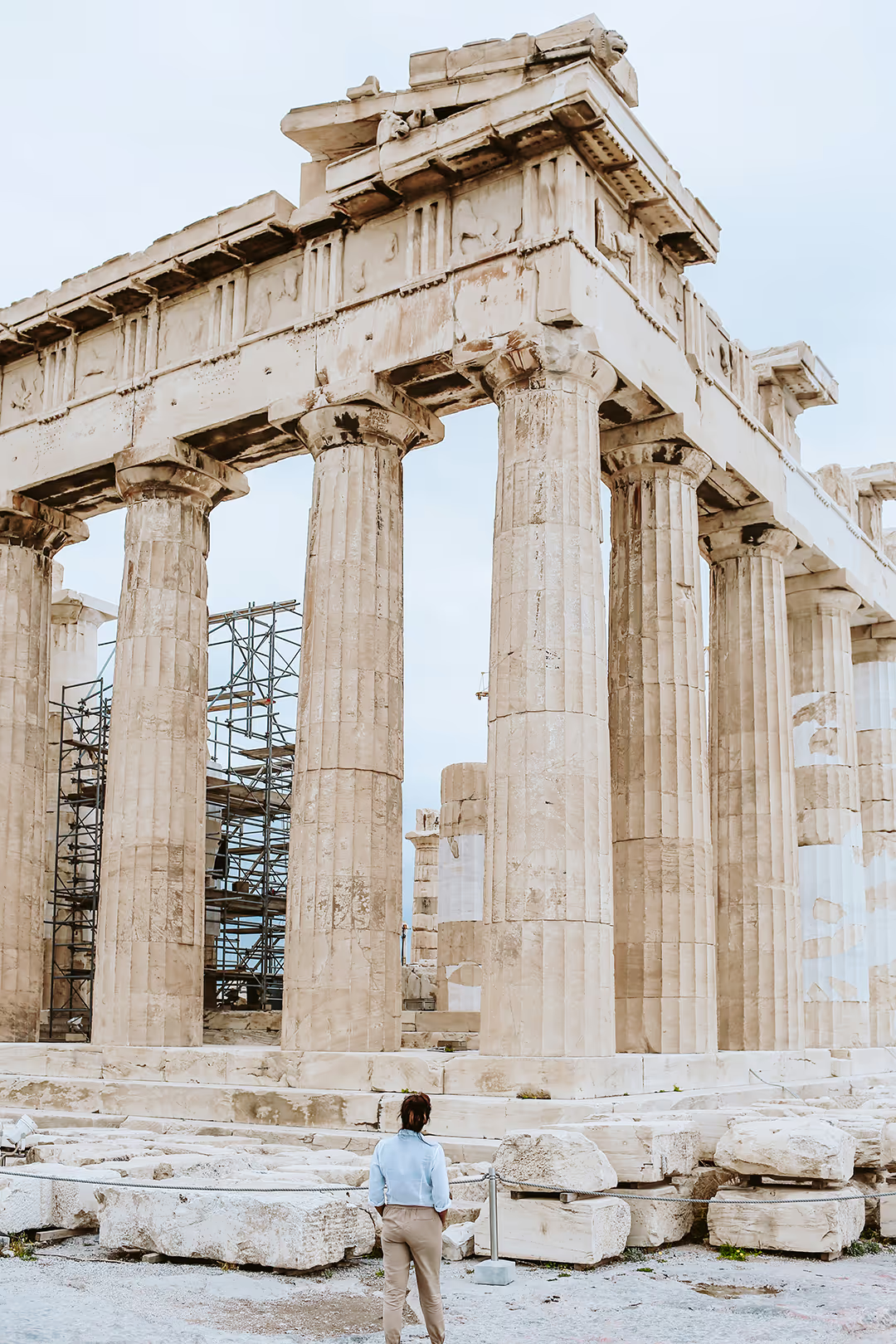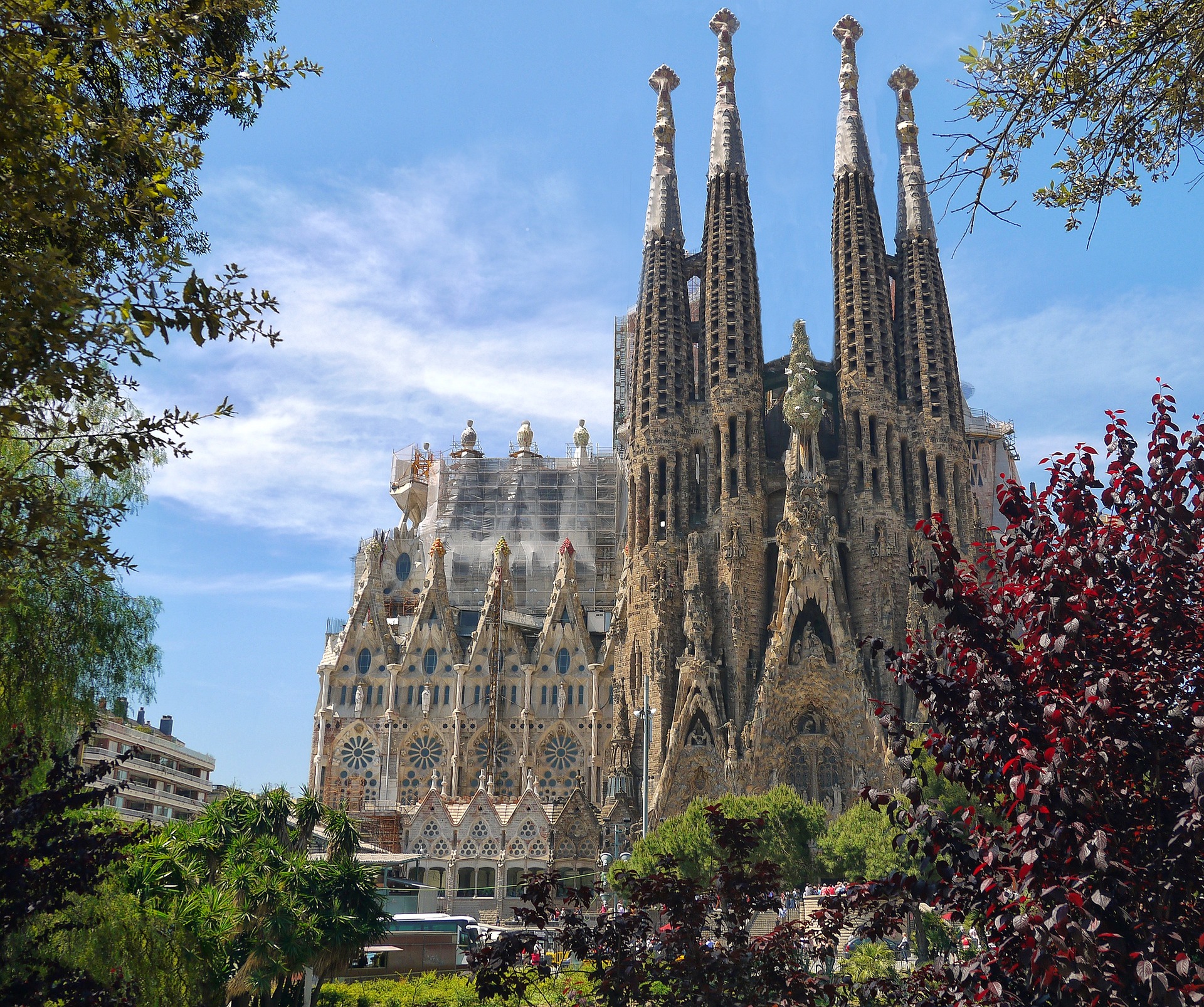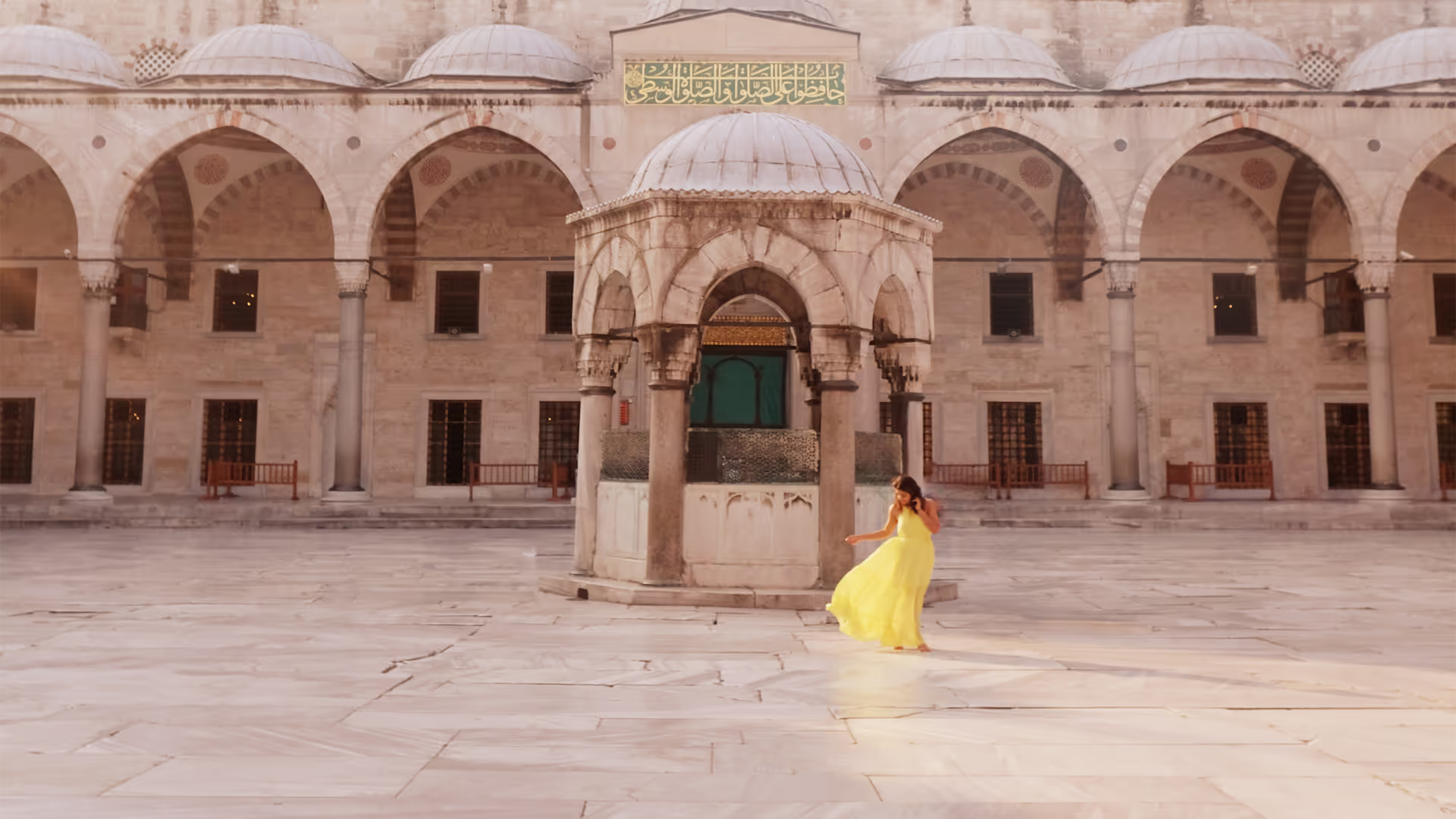Most people pick either Turkey or Greece for their Mediterranean trip. That's a mistake. These two countries work better together than apart, and you can see both without the usual hassles of multi-country travel.
Turkey gives you the exotic, hot air balloons over landscapes, underground cities, thermal pools that look like something from another planet. Greece delivers the classic Mediterranean dream—islands where blue and white aren't just colors but a way of life, ancient ruins that actually matter, food that tastes like it should.
The logistics work. Athens to Istanbul is a short flight. Both countries are affordable compared to Western Europe. And historically, they're connected, the same empires that built Istanbul's mosques left ruins scattered across Greek islands.
Turkey: More Than You Expect

Istanbul
Istanbul spans two continents, which sounds like marketing speak until you're actually there. The ferry between the European and Asian sides costs about a dollar and gives you the best city views you'll get anywhere.
The big sights—Hagia Sophia, Blue Mosque, Topkapi Palace—are worth the crowds. Hagia Sophia especially. It was the world's largest cathedral for nearly a thousand years, then became a mosque, then a museum, now a mosque again. The dome is ridiculous. Stand underneath it and try to imagine the engineering required in 537 AD.
But Istanbul works best in the spaces between tourist sites. The spice market where vendors will shove samples of Turkish delight in your hands whether you want them or not. Neighborhoods like Balat with colorful houses that look good on Instagram but where actual families still live. Coffee shops that serve Turkish coffee the traditional way.
The food deserves its reputation. Forget everything you think you know about Turkish food from bad kebab shops. This is Ottoman cuisine refined over centuries. Street food that puts most restaurant meals to shame. And yes, the Turkish breakfast spreads that cover entire tables are real.
Cappadocia
Cappadocia looks fake until you see it in person. Volcanic eruptions and millions of years of erosion created rock formations that people have been carving into homes, churches, and entire underground cities since the Bronze Age.
The hot air balloon ride is touristy but worth it. Floating over fairy chimneys at sunrise while dozens of other balloons drift through the valleys beats most nature documentaries. The landscape is so strange that NASA uses it to train astronauts.
Stay in a cave hotel. They're carved from volcanic rock but don't worry about roughing it—some have infinity pools and Michelin-level restaurants. It's the kind of place where Stone Age architecture meets modern luxury without feeling forced.
Pamukkale
Pamukkale means "cotton castle" in Turkish. Thermal springs loaded with minerals have been flowing down this hillside for thousands of years, creating white limestone terraces that look like frozen waterfalls.
You can swim in Cleopatra's Pool at the top, where Roman columns lie scattered in thermal water. Whether it was actually Cleopatra's or just good marketing doesn't matter—floating in 37°C water surrounded by 2,000-year-old marble feels appropriately imperial.
Ephesus
Ephesus is the best-preserved Roman city in the Mediterranean. Better than Pompeii, though it doesn't get the same press. The Library of Celsus still stands, the Great Theatre seated 25,000 people, and you can walk marble streets where St. Paul preached.
What makes it remarkable isn't just the preservation but the scale. This was one of the largest cities in the Roman Empire, a major trade hub where ships from across the Mediterranean unloaded goods. The ruins show you what Roman urban planning looked like when money was no object.
Greece: The Real Thing

Athens
Athens invented democracy, philosophy, and theater. The Acropolis isn't just pretty. It's where Western civilization got its start. The Parthenon has optical illusions built into its design to make it look perfect from the ground. Columns lean inward, steps curve upward. Ancient Greek architects understood human perception better than most modern designers.
The Acropolis Museum puts the sculptures in context before you climb the hill. The city below mixes ancient sites with neighborhoods that feel lived-in rather than tourist-focused. Plaka has narrow streets and family tavernas. Psyrri has street art and bars where young Athenians actually go.
Santorini
Santorini's beauty comes from destruction. A volcanic explosion 3,500 years ago created the crescent shape and dramatic cliffs. The same eruption that destroyed the Bronze Age civilization here created the landscape that draws millions of visitors today.
The blue-domed churches perched on cliff edges aren't just for show. They're working religious sites in villages where people actually live. The wine is good because volcanic soil creates flavors you can't get elsewhere. The sunsets are spectacular because you're watching the sun disappear into an active volcanic caldera.
The Other Islands
Skip Mykonos unless you enjoy crowds and inflated prices. Paros offers traditional Greek island life without the tour buses. Fishing villages where octopus dries outside tavernas, marble streets in Cycladic villages, beaches where you might be the only tourist.
Milos has the most diverse coastline in the Greek islands, over 70 beaches with different colored sand and rock formations. The former mining industry left unique geological features, including Sarakiniko's white cliffs that look like a moonscape.

Why This Itinerary Works
Access Travel's 13-day Turkey and Greece trip handles the logistics while giving you enough time to actually experience both countries rather than just checking off sights.
The pacing makes sense. You start with Istanbul's intensity, decompress in Cappadocia's otherworldly landscapes, then transition to Greece's islands for the final week. Each country prepares you for the next rather than competing for attention.
Professional guides provide context that transforms ruins into stories. The hotels balance luxury with local character—Ottoman buildings converted to boutique hotels in Istanbul, clifftop suites in Santorini that take advantage of the views without blocking them for everyone else.
Half-board meals introduce you to regional food beyond tourist versions. Turkish cooking demonstrations, Greek wine tastings, visits to local producers who've been doing the same thing for generations.
Practical Details
The best time to go is April through June or September through October. Spring brings wildflowers and perfect weather for balloon rides. Autumn has harvest season tastings and clearer skies for photography.
Summer means crowds and heat that can make archaeological sites unpleasant. Winter limits island activities and flight schedules.
At $6,599 per person without flights, the 13-day trip covers guides, accommodations, transportation, entrance fees, and most meals. Compared to similar trips in Western Europe, you get more variety, better weather, and arguably more significant historical sites for the money.
The Access Travel Way
Turkey and Greece together tell a complete story that neither country manages alone. You get Ottoman grandeur and Greek mythology, alien landscapes and classic Mediterranean islands, exotic markets and familiar tavernas.
This isn't about collecting passport stamps or Instagram photos. It's about understanding how civilizations that competed for centuries also influenced each other, creating a shared culture that still shapes how we think about art, politics, and what makes life worth living.
The convenience of seeing both countries in one trip, combined with expert logistics and local knowledge, makes this the kind of travel that changes how you see the world rather than just giving you something to talk about at dinner parties.





